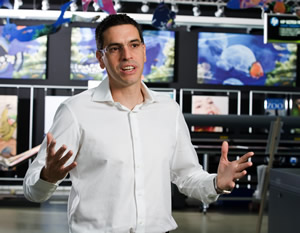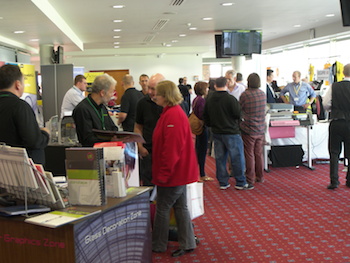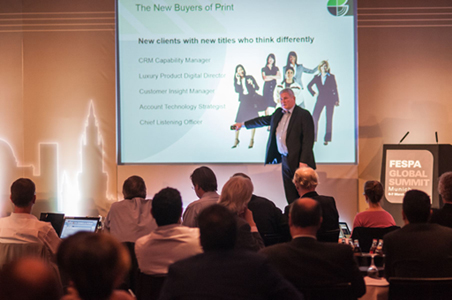HP will divide into two next year, but what will this mean for the professional print division? Nessan Cleary considers.
So, HP is to split itself into two halves, with all of its printing product operations, including wide-format as well as its big inkjet machines and consumer printers lumped in with the personal computing part of the business to form HP Inc. This company will keep the HP logo and be headed up by Dion Weisler, currently executive vice president of HP’s Printing and Personal Systems division.







